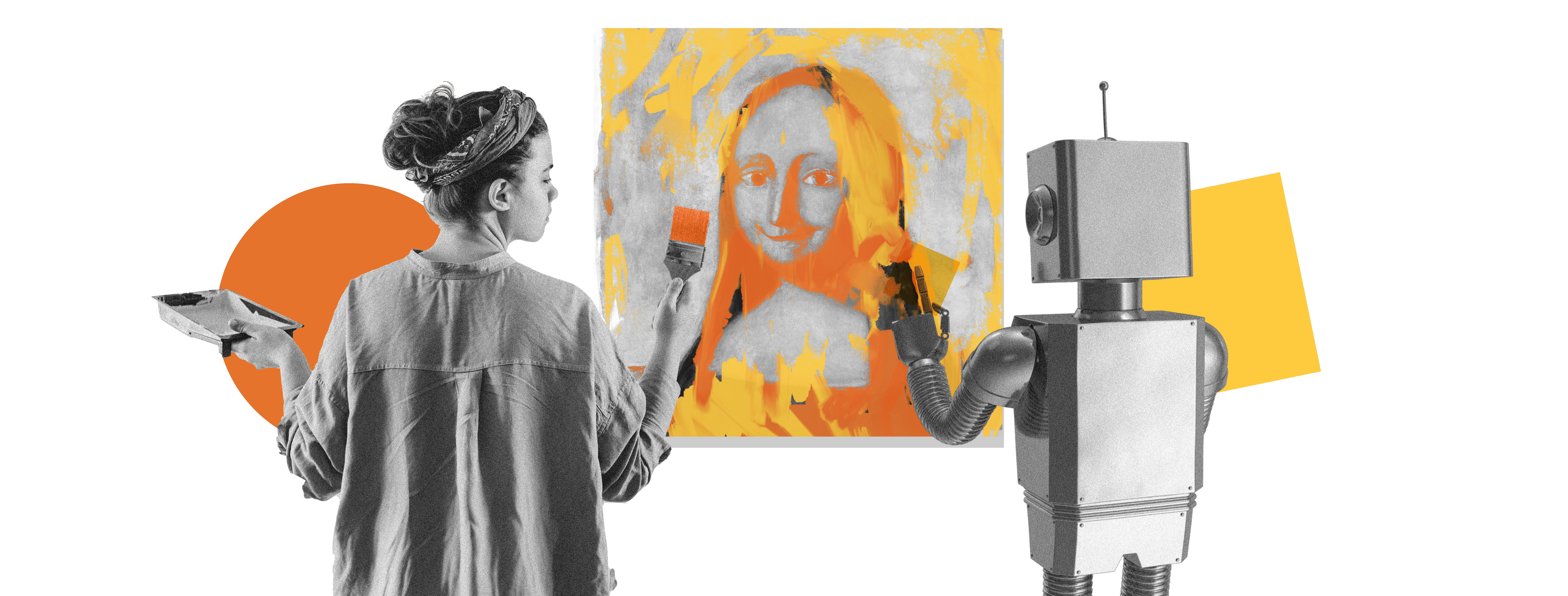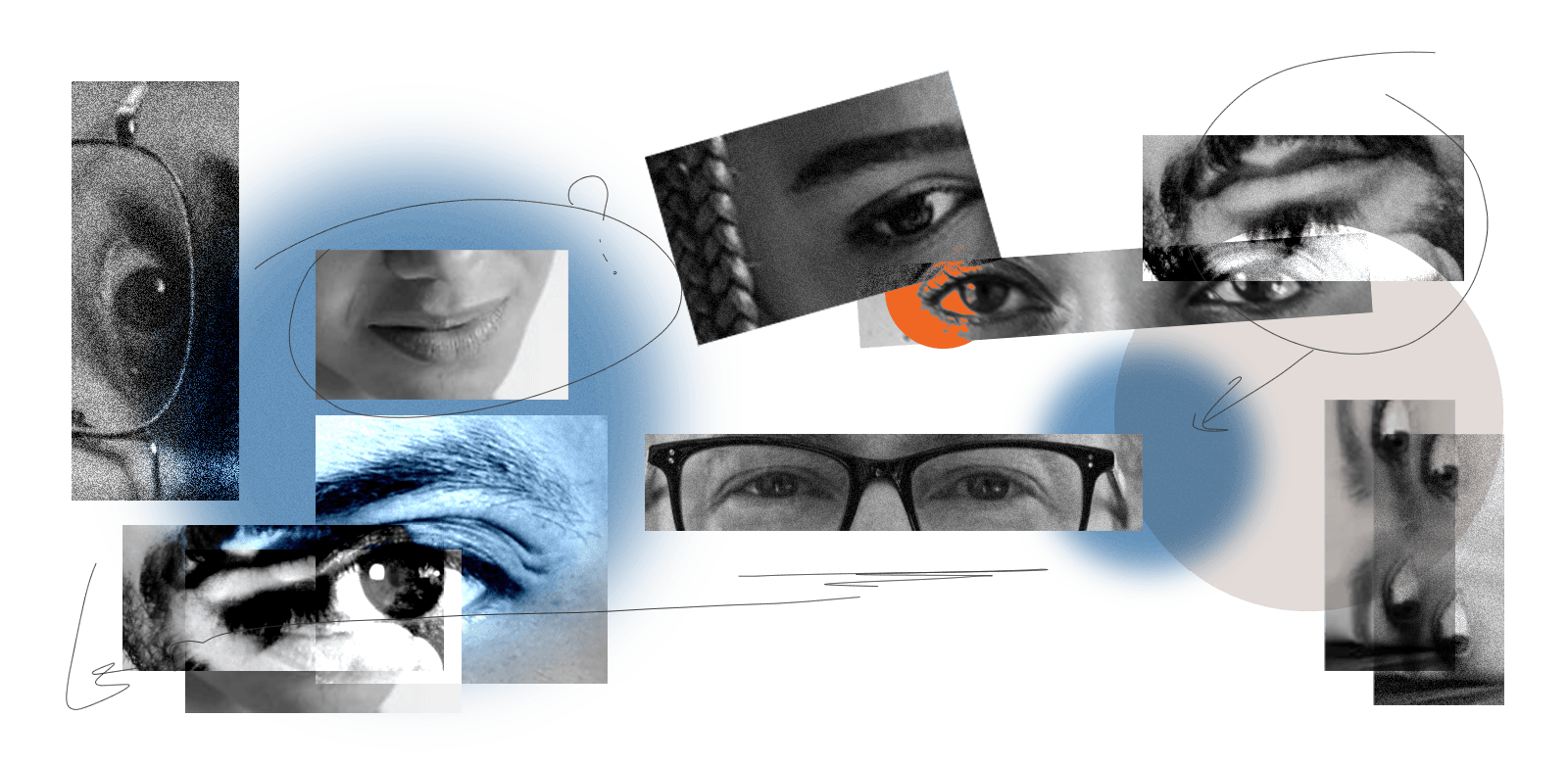

The evolution of Artificial Intelligence (AI) and Machine Learning (ML) holds great promise in improving how people work and live. For every scary or risky possibility we can imagine in our future alongside the robots, there are a hundred ways we can imagine AI improving our lives. From treating and preventing diseases, to increasing access to education, to supporting mental health, to unlocking global collaboration, and countless others – the potential that AI brings leaves us nothing short of breathless. However, in order to live up to this incredible potential, the development of AI tools designed to augment humans cannot be driven by technology alone – it must be grounded in an understanding of human psychology and behavior.
Here’s how behavioral science will play a key role in the development of AI tools that improve our future:

A major promise of AI is to augment human capability and help overcome inherent biases that hinder progress. For instance, the human tendency towards confirmation bias – or ignoring things you don’t agree with - can often lead to business strategies that are ineffective or lagging behind competitors. Behavioral scientists, with their understanding of human psychology, can pinpoint these biases, enabling AI product teams to devise algorithms that mitigate them.
AI and ML technologies have the potential to unravel previously unmeasurable aspects of human behavior. While human beings are experts at statistical learning from birth, our ability to predict the customers who are most likely to file a lawsuit against a company or make a fraudulent claim is very limited compared to an ML model, because we can’t keep track of as many parameters as a computer can. Behavioral scientists can guide ML practitioners in building models that mirror human psychology accurately rather than merely relying on the data points that happen to be available.
Making high-stakes decisions about things like health treatments or investments is notoriously difficult for humans, so it is an appealing prospect if we can train ML models to do that for us. But interestingly, when humans are presented with machine-generated predictions, they often feel extreme skepticism because they don’t trust that the algorithm really understands their personal circumstances. This phenomenon is known as algorithm aversion, and it may be the wrench in the wheel of progress for many companies developing AI decision tools right now. Behavioral science sheds light on how small tweaks in the interface or the decision-making algorithm itself can alleviate this aversion. By hinting at the rationale behind an AI's recommendation or allowing users to slightly adjust the machine’s output, the acceptance of AI-driven advice can be significantly enhanced, leading to higher algorithm adoption by users.

In a world increasingly mediated by screens, AI has the potential to restore the warmth of a true human connection through a screen. Right now, companies like Zoom are leveraging AI to enhance virtual interactions so that families and colleagues can better focus on one another rather than background distractions or limitations of technical equipment. However, most virtual or hybrid workers would agree that we have a long way to go before virtual communication feels as easy, natural, and productive as face-to-face communication. Behavioral science can provide the necessary framework to understand what social signals are missed in virtual interactions – like body language and micro-expressions - thereby guiding the development of AI tools that can replicate or even enhance human-to-human connections in the digital realm.
In conclusion, the synergy between AI product development and behavioral science is not merely an add-on, but a necessity. It’s the bridge that spans the human-AI chasm, ensuring that the AI tools of tomorrow are rooted in a deep understanding of human behavior, making them more effective, intuitive, and ultimately, indispensable in addressing our most human challenges.